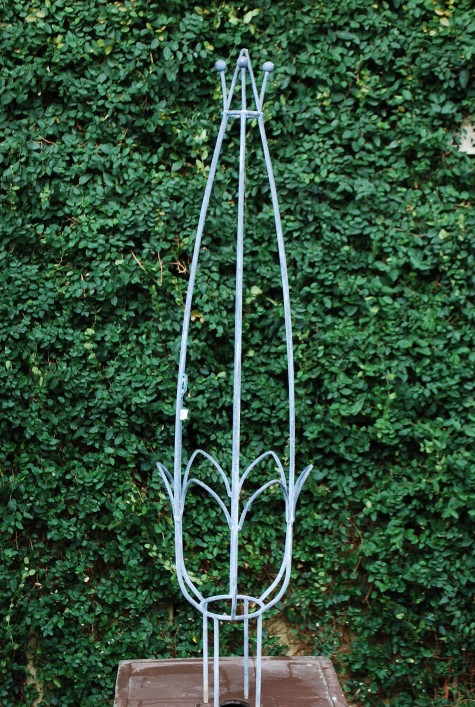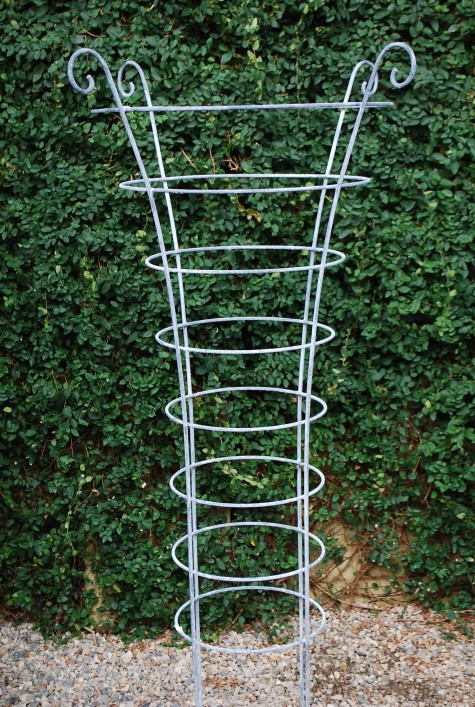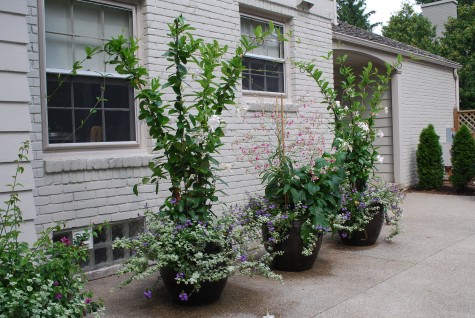When Tony B. from Martha Stewart Living Magazine emailed me this past October that they were interested in featuring some objects Detroit Garden Works carries for their March garden issue, my heart skipped a beat. OK, maybe many more than one beat. Why wouldn’t my heart pound? Martha Stewart has done plenty to make gardening mainstream. I so admire how she connects thoughtful living, decorating, celebrating, cooking, gardening and growing-I read every issue. I bring the recipes home for Buck. Why is this? I have choices about how to live my life day to day. But I am, like many other people, interested in her take. She has devoted an enormous amount of time to documenting and inspiring creativity. In the home. In the kitchen-and in the garden. For regular people-coast to coast, and beyond. She made a gorgeous garden seem attainable.
Like you, I have failed miserably to repreduce her gorgeous outcomes-no matter how detailed her instructions might be. My years ago kitchen never recovered from my efforts to reproduce her spun sugar. My garden in no way looks like hers. This has never really bothered me. The important thing is that she encouraged me to try all sorts of things. She tells me where she shops. Whom she admires. She sows all kinds of seeds-she is a teacher. Regularly and reliably I will run from learning something. Maybe that’s from worry that I cannot learn something. But I seem to have no problem trying out what she suggests. I treasure her for this.
I am not always so interested in what is hip, current and fashionable-I have my own ideas about things. But I respect her take. I can be fancy-talk to me about hellebores, landscape design, good garden plants, winter containers, garden antiques-and so on. But I can also be a plain and simple citizen-interested in a little guidance, a few fresh ideas. Anyone who sows seed gets my respect. Seed sowers-they are a breed all their own. They might generate an idea, a recipe, a design; they plant. They conduct. They advise. They suggest. They connect with you and me and lots of others. One seed at a time, they make a difference. One seed at a time, they speak up.
In any event, I could not be more pleased that Martha Stewart Living reserved a place for three items we carry-in their “Great Finds- Our 50 favorite products, projects and places inspired by the world of gardening.” I could not be more pleased that Detroit Garden Works was included in their list. One item, sourced by Rob. Another-by me. And the third-a product we manufacture. I very much like this part. Many thanks, Martha Stewart Living.













